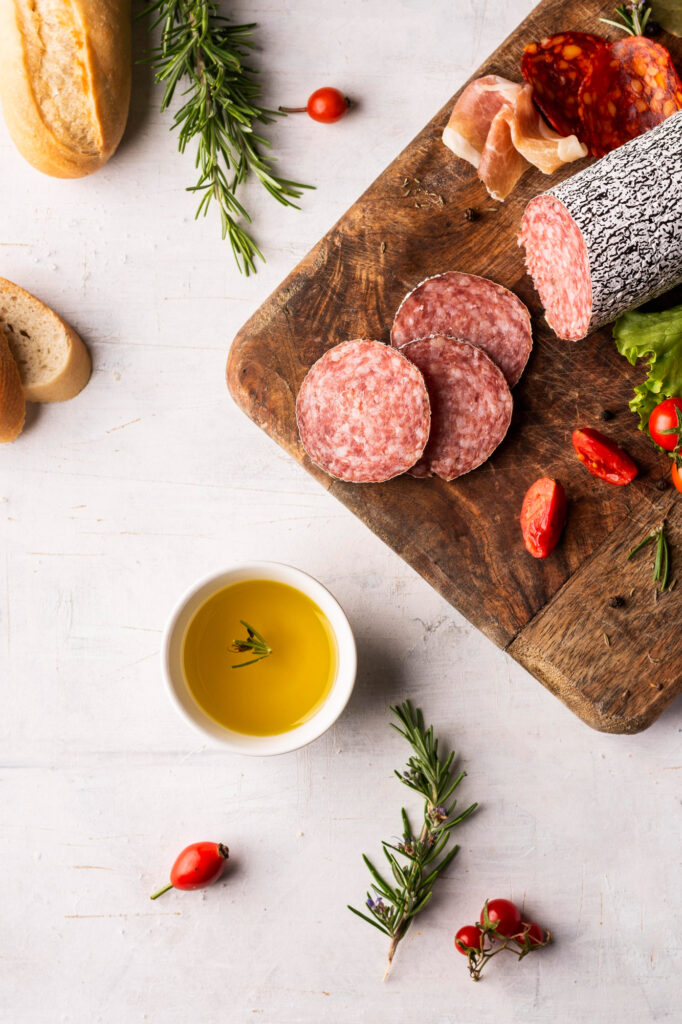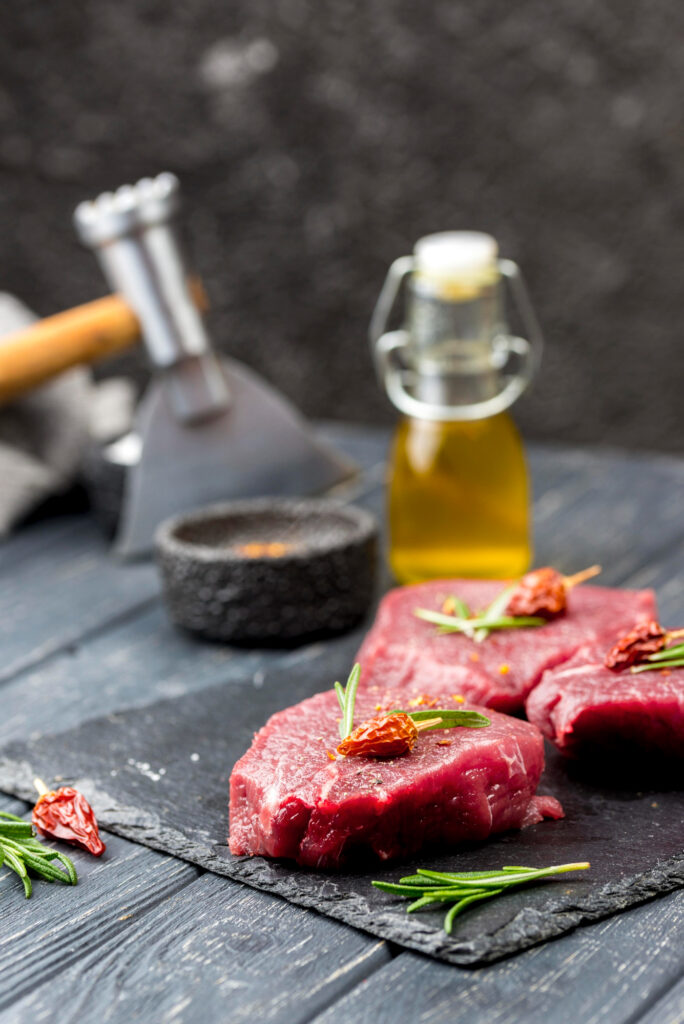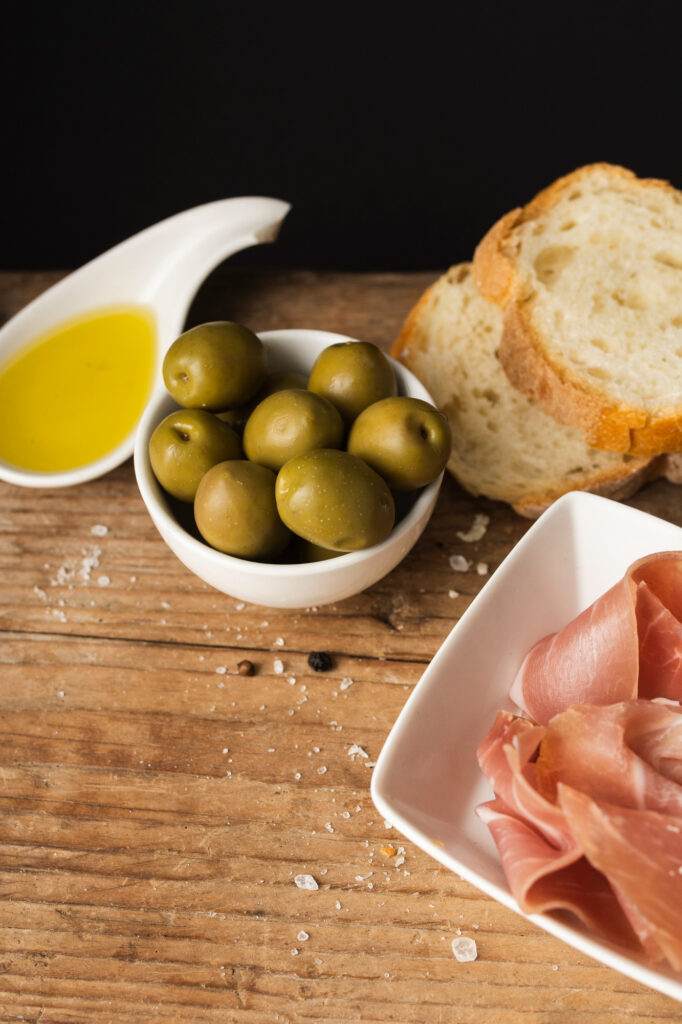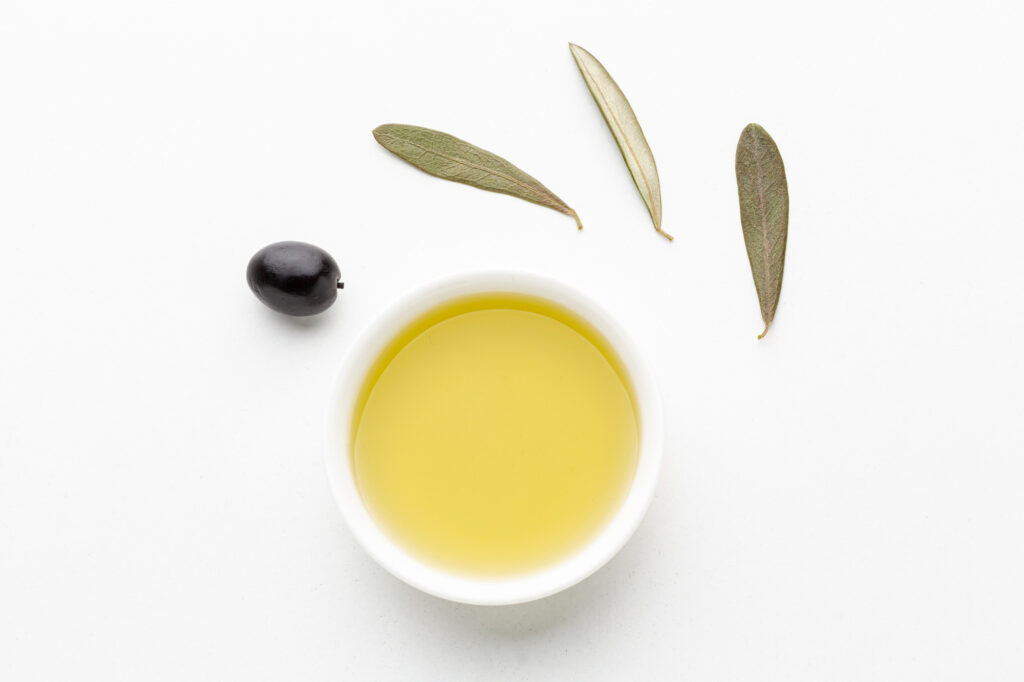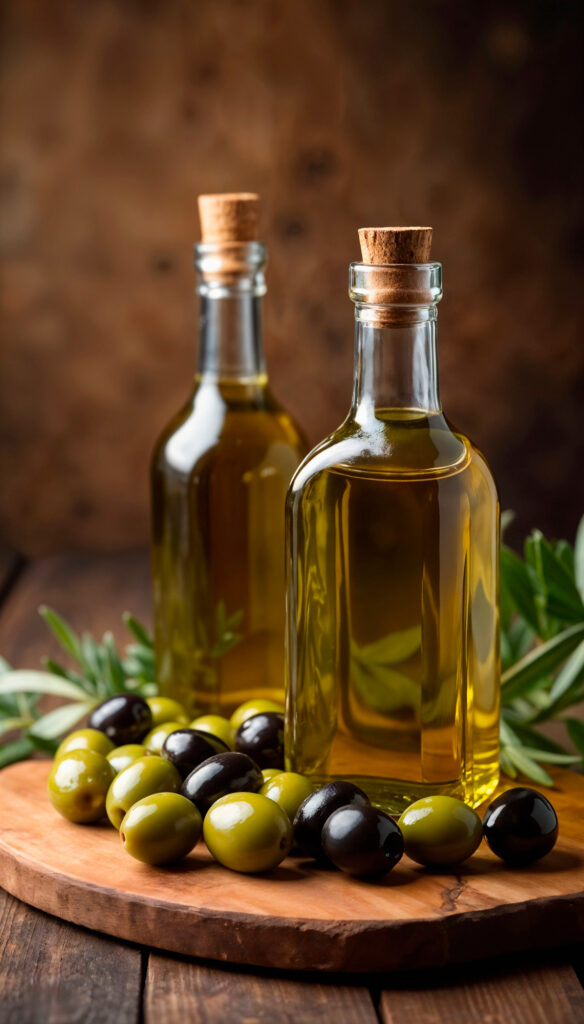Olive Oil Guide
EVOO
Characteristics: Highest quality, cold-pressed, rich in antioxidants Strong olive flavor, deep green to golden color Best when used raw or as a finishing oil
Virgin Olive Oil
Characteristics: Slightly lower quality than EVOO, good flavor but higher acidity Retains some natural olive flavor, good for cooking at medium temperatures
Mild Olive Oil
Characteristics: A lighter and more delicate olive oil, with a smooth and subtle flavor Typically refined to remove some of the stronger olive notes Suitable for those who prefer a less intense olive taste
Intense Olive Oil
Characteristics: A strong-flavored olive oil with a bold, robust taste Often made from ripe olives and retains a high level of polyphenols Deep, peppery notes with a rich aroma
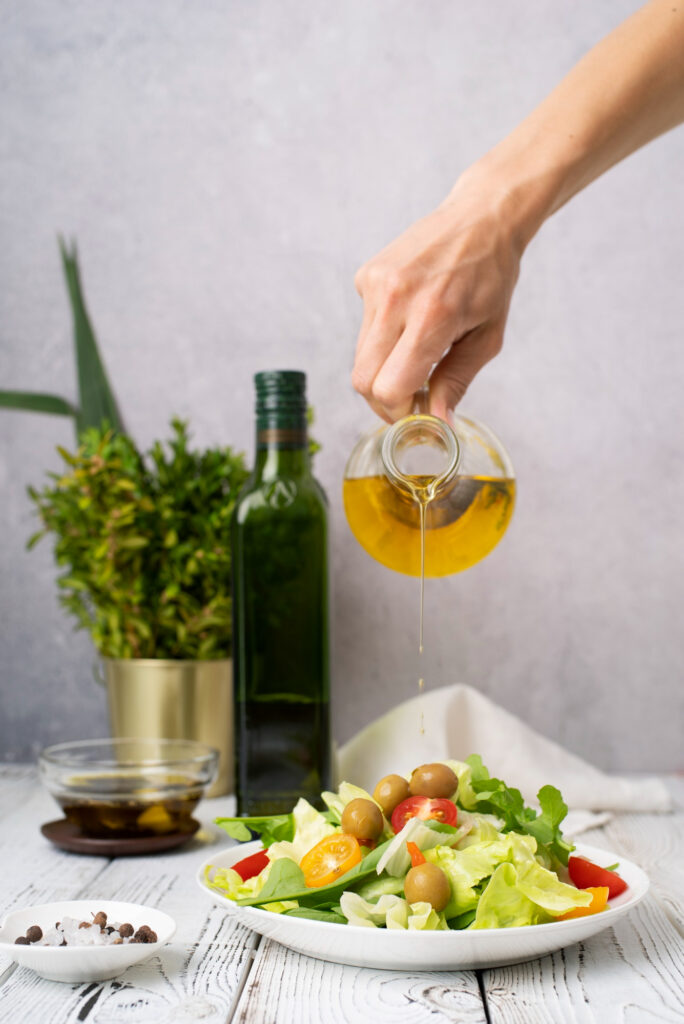
How to Choose, Use, and Get the Best Quality
Olive oil is one of the oldest and most nutritious ingredients in the world. With its unique flavor and numerous health benefits, we will guide you through the different types of olive oil, how to choose the best one, its culinary uses, and storage tips to maximize its benefits.
Extra Virgin Olive Oil
Raw consumption, salads, dipping bread, drizzling over pasta
Virgin Olive Oil
Light sautéing, making sauces, marinating meats
Cooking with Olive Oil
How to Use Olive Oil for Maximum Benefits:
- Raw consumption: Drizzle over salads, dip with bread, mix into pasta sauces
- Sautéing: Use Virgin or Pure Olive Oil for medium-heat cooking
- Frying: Use Refined Olive Oil or Light Olive Oil for deep frying and stir-frying
Baking: Substitute for butter in baking for healthier cakes and muffins
